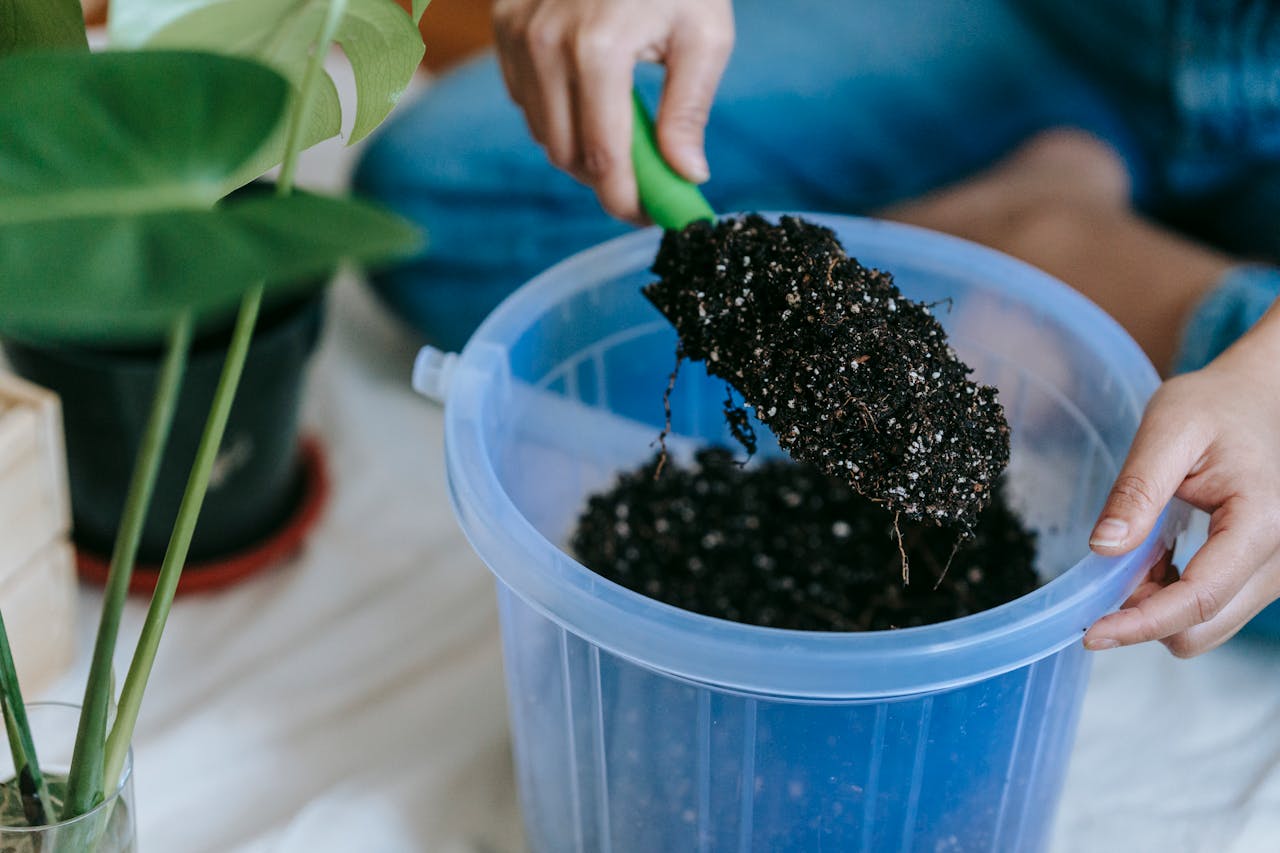A Renter’s Guide to Composting at Home
If you’re new to composting, there’s no need to worry. With a few tips, you’ll be composting at home like a pro in no time!

INTERESTING ARCHITECTURE TRENDS
Lorem ipsum dolor sit amet consectetur adipiscing elit obortis arcu enim urna adipiscing praesent velit viverra. Sit semper lorem eu cursus vel hendrerit elementum orbi curabitur etiam nibh justo, lorem aliquet donec sed sit mi dignissim at ante massa mattis egestas.
- Neque sodales ut etiam sit amet nisl purus non tellus orci ac auctor.
- Adipiscing elit ut aliquam purus sit amet viverra suspendisse potenti.
- Mauris commodo quis imperdiet massa tincidunt nunc pulvinar.
- Adipiscing elit ut aliquam purus sit amet viverra suspendisse potenti.
WHY ARE THESE TRENDS COMING BACK AGAIN?
Vitae congue eu consequat ac felis lacerat vestibulum lectus mauris ultrices ursus sit amet dictum sit amet justo donec enim diam. Porttitor lacus luctus accumsan tortor posuere raesent tristique magna sit amet purus gravida quis blandit turpis.

WHAT TRENDS DO WE EXPECT TO START GROWING IN THE COMING FUTURE?
At risus viverra adipiscing at in tellus integer feugiat nisl pretium fusce id velit ut tortor sagittis orci a scelerisque purus semper eget at lectus urna duis convallis porta nibh venenatis cras sed felis eget. Neque laoreet suspendisse interdum consectetur libero id faucibus nisl donec pretium vulputate sapien nec sagittis aliquam nunc lobortis mattis aliquam faucibus purus in.
- Neque sodales ut etiam sit amet nisl purus non tellus orci ac auctor.
- Eleifend felis tristique luctus et quam massa posuere viverra elit facilisis condimentum.
- Magna nec augue velit leo curabitur sodales in feugiat pellentesque eget senectus.
- Adipiscing elit ut aliquam purus sit amet viverra suspendisse potenti .
WHY IS IMPORTANT TO STAY UP TO DATE WITH THE ARCHITECTURE TRENDS?
Dignissim adipiscing velit nam velit donec feugiat quis sociis. Fusce in vitae nibh lectus. Faucibus dictum ut in nec, convallis urna metus, gravida urna cum placerat non amet nam odio lacus mattis. Ultrices facilisis volutpat mi molestie at tempor etiam. Velit malesuada cursus a porttitor accumsan, sit scelerisque interdum tellus amet diam elementum, nunc consectetur diam aliquet ipsum ut lobortis cursus nisl lectus suspendisse ac facilisis feugiat leo pretium id rutrum urna auctor sit nunc turpis.
“Vestibulum pulvinar congue fermentum non purus morbi purus vel egestas vitae elementum viverra suspendisse placerat congue amet blandit ultrices dignissim nunc etiam proin nibh sed.”
WHAT IS YOUR NEW FAVORITE ARCHITECTURE TREND?
Eget lorem dolor sed viverra ipsum nunc aliquet bibendumelis donec et odio pellentesque diam volutpat commodo sed egestas liquam sem fringilla ut morbi tincidunt augue interdum velit euismod. Eu tincidunt tortor aliquam nulla facilisi enean sed adipiscing diam donec adipiscing ut lectus arcu bibendum at varius vel pharetra nibh venenatis cras sed felis eget.
Going green and making healthy, sustainable changes in habits is easier than ever. From recycling items to reducing waste, buying less with intentional shopping, minimizing one-use items, and being conscious of your energy and water use, there are plenty of ways to shift your daily routines to practice eco-friendly home habits.
Composting is another great eco-friendly practice you can integrate into your daily habits to support your local environment. If you’re ready to take the next step in your home sustainability journey, we’ve got you covered. Read on to learn more about how to compost at home as a renter!
What is Composting?
Composting involves the process of aeration and the decomposition of organic matter, resulting in a nutrient-rich mixture known as compost. Aeration allows plant life and other organic matter to absorb air, water, and nutrients, while decomposition is the natural cycle of organic matter breaking down and returning to the earth. Composting is commonly used to minimize food waste and nourish soil once all organic materials in the mixture have decomposed.
Benefits of Composting
Composting at home has many great benefits, including:
- Reducing Food Waste: Got some leftover food scraps? Toss them into your compost mix to avoid food waste while adding nutrients to your soil. Add banana peels, expired perishables, and even leftover coffee grounds to your compost.
- Organic Fertilizer: Composting is nature’s natural fertilizer—all chemical free! Composting ingredients create a nutrient-rich mixture that’s perfect for fertilizing your garden and overall soil.
- Promoting the Environment: By reducing food waste and nurturing your environment’s soil through composting, your everyday habits promote sustainable home practices.
Renter-Friendly Tips to Compost at Home
If you’re new to composting, there’s no need to worry. With a few tips, you’ll be composting like a pro in no time!
- Select Your Method: Indoor or Outdoor Compost: While both indoor and outdoor composting are great methods, you’ll want to consider the right one for your home. Smaller indoor spaces may prefer an outdoor compost; however, indoor composting works just as well if you don’t have access to a large outdoor area.
- Determine Compost Location: Once you’ve selected an indoor or outdoor compost, you’ll want to choose a location for your compost bin that will receive partial sunlight for optimal results. A kitchen or utility room would be the best location for indoor composting methods. Meanwhile, an outdoor compost should avoid being placed near water sources and anywhere else that could cause cross-contamination.
- Choose Your Compost Materials: Next, you’ll want to determine your composting materials. Common composting materials include yard waste, such as grass clippings, leaves, and weeds; shredded cardboard or paper, and food waste, such as coffee grounds, fruit and vegetable scraps, and eggshells. For odorless composting, you can opt for vermicomposting, which involves adding worms to your compost. While many materials are compostable, you’ll want to avoid all plastic, metals, pet waste, any disease and pest-ridden materials, as well as meat, dairy, and oil-based products.
- Maintain and Monitor Your Compost: After you’ve created your compost bin and placed it in an optimal location, you’ll want to monitor its progress. For best results, turn your compost materials frequently to encourage aeration and decomposition. Additionally, ensure the compost materials remain moist—the mixture should be damp but not too wet. If your compost becomes too moist, just add more materials the the bin. If it becomes too dry, add water until it reaches a damp, sponge-like consistency.
- Add Compost to Your Garden and Soil: Once your compost materials have created a healthy decomposed mixture, you can use it to fertilize your backyard or garden’s soil. Add your compost to the soil and watch your plant life flourish! After fertilizing your soil with compost, it’s time to begin the process anew. Don’t forget—compost, fertilize, and repeat!
With these tips, you’re well on your way to composting at home! Crafting a home with sustainable habits is easier than you think—check out our blog for more sustainable home tips ideal for renters.
A Better Living Experience
At Bridge Homes, we believe everyone deserves a quality home. With thousands of new or renovated home rentals in desirable neighborhoods across the United States, our dedicated team ensures each property adheres to our standards of quality, cleanliness, and safety. Explore our listings and take the first step towards a well-maintained and fulfilling living experience.
Additional Sources:
How Renters Can Go Green: A Beginner’s Guide to Composting


